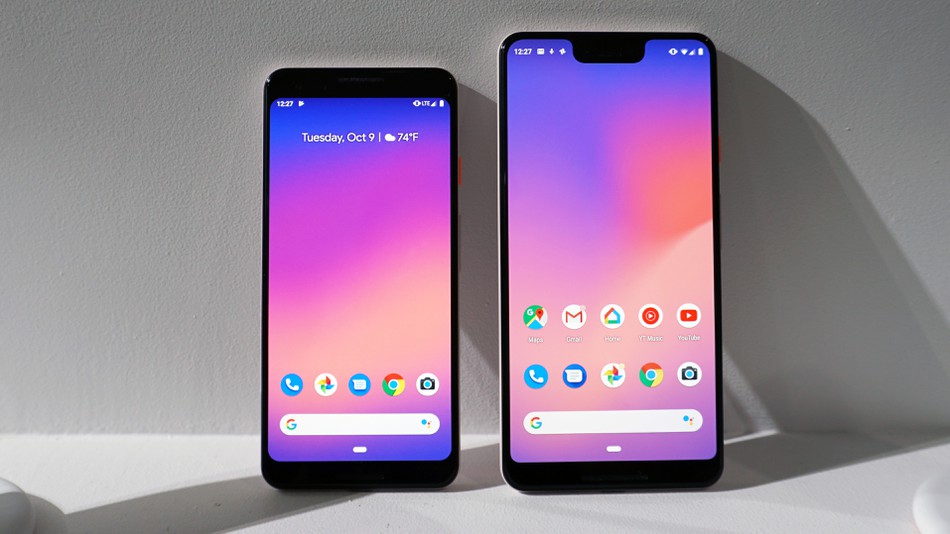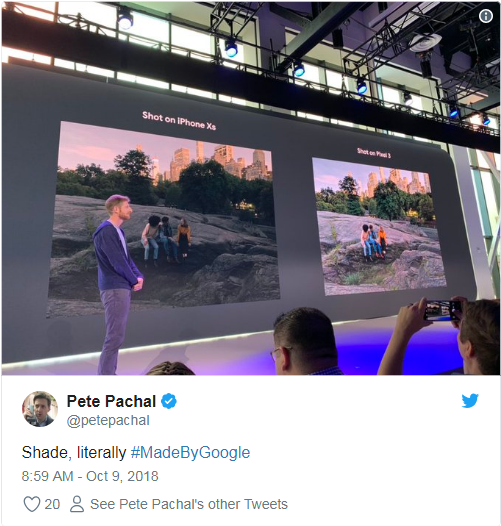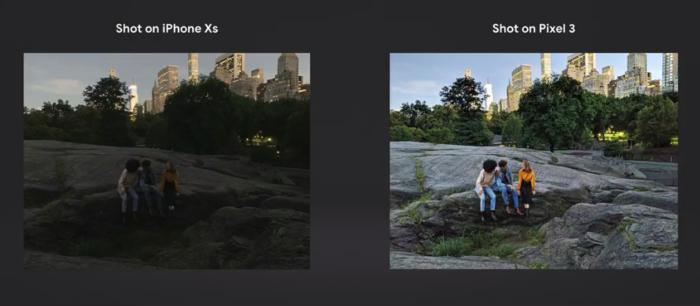When it comes to Googleland, basic hardware specifications doesn’t mean anything. It was speculated that Google’s Flagship Pixel 3 and Pixel 3 XL with Andriod 9, starts from $799 and $899 respectively would sport dual front cameras and 5.5-inch and 6.3-inch displays respectively.
Google optimised the phone by combining the machine learning capabilities and algorithms with the hardware choices. The smartphones were launched at Google’s ‘Made by Google’ hardware event in the Big Apple on Tuesday. The entire focus of the Search Giant was on Pixel’s new camera capabilities.

According to Google, the dynamic range for photos taken from Pixel 3 is any day better from its third iteration on HDR+. The Night Sight feature utilises the machine learning capability of the phone to analyse the low-light shots and boost details by inserting fluorescence into the shadowy area of the photo even without the flash.

The ‘Super Res Zoom’ feature of the Pixel 3’s camera automatically crops a photo and sharpens the details of the images – this is a perfect replacement for not sporting a 2x telephoto lens. And the “Top Shot” feature make sure that a person will only get the best of the shots. With Top Shot you can bid farewell to the photobombers, closed eyes and blurriness photos.
Photobooth captures the photos of the people who smile or make funny faces. The Pixel 3 smartphones boast much more realistic Augmented Reality photos. The most useless features of Pixel’s cameras are “group selfie cam” and an improved portrait mode. Now you can also adjust the background blur depth like iPhone XS and XS Max.

Both the Pixel models are powered with the latest Qualcomm Snapdragon 845 chip and 4 GB ram, and you can opt for 256GB and 512GB of ROM if you are tired of the 64GB and 128GB ROM (which is also available). There isn’t an expandable microSD card slot. There is a fingerprint sensor on the back of the phone with a USB-C port, dual-front facing speakers but there is no headphone jack.








